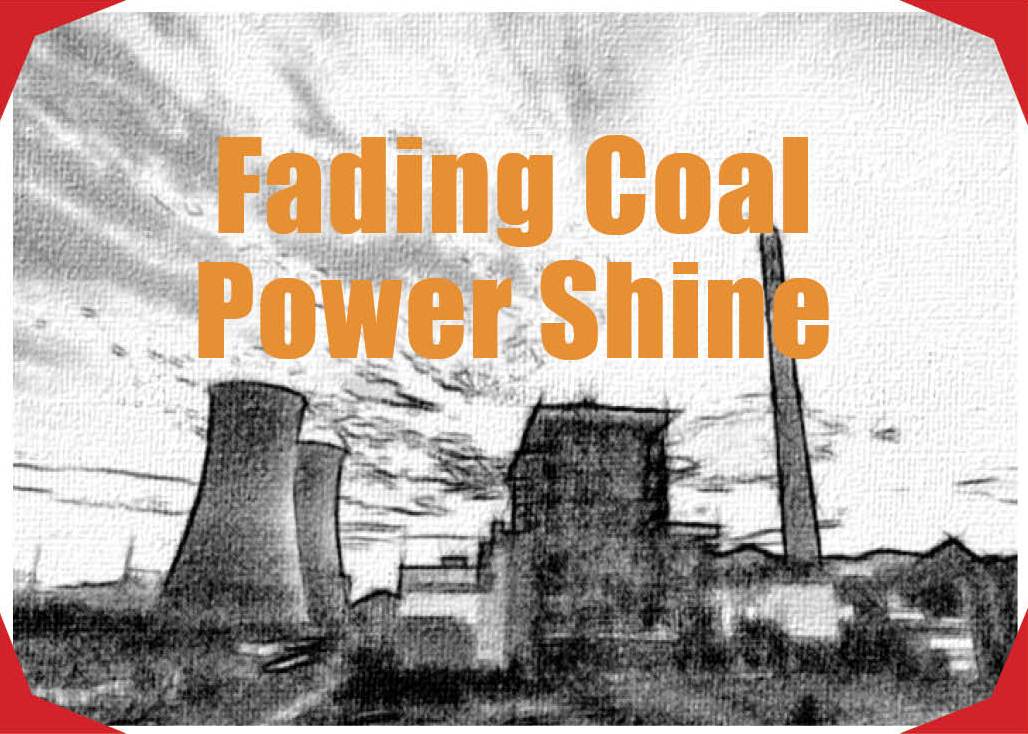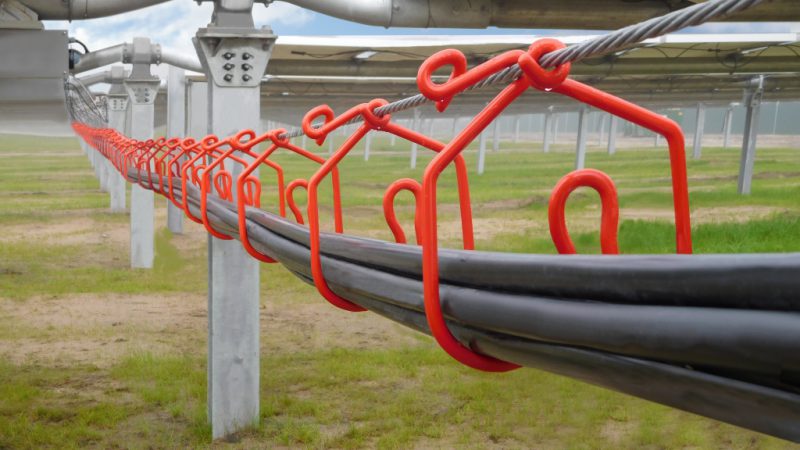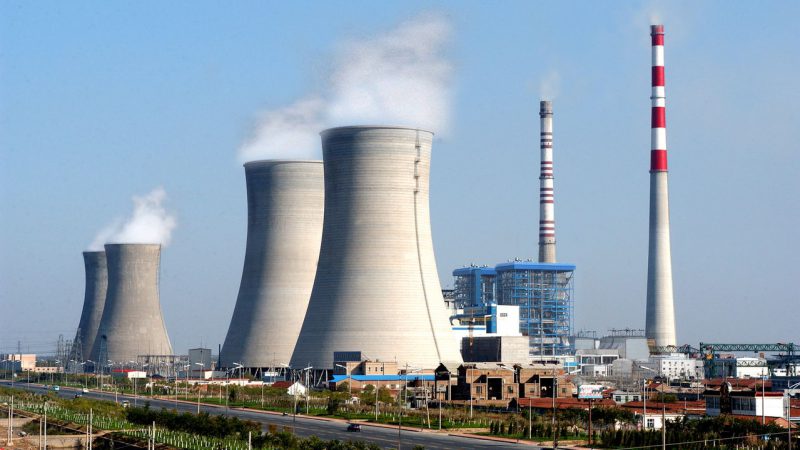Fading Coal Power Shine

The prevailing scenario and perception at large is that the shine of thermal power sector in India is fading away – especially coal – the principal source of energy. Unfortunately, the renewable energy is also nowhere near the scale – required to support a growing economy like India with uninterrupted electricity availability necessary – for a stable economic growth….
India is facing stiff opposition at home and abroad over its carbon emission levels which are expected to double by 2030 due to country’s dependence on thermal energy. With a population of 1.35 billion, of which 32 per cent residing in urban areas, there is a never-ending demand for electricity in India, making it hard for the country to cater to the ever-growing electricity needs of its people. To counter this the Government of India, is running one of the world’s largest clean energy programmes targeting 175 GW of clean energy capacity addition by 2022.
The prevailing scenario and perception at large is that the shine of thermal power sector in India is fading away – especially coal – the principal source of energy. Unfortunately, the renewable sources of energy are nowhere near the scale that is required to substitute for conventional sources of power, makes matters worse. Thus, India must carefully choose how to reshape its energy mix that involves sensibly scaling down thermal power dependency while making up on renewable energy usage, whose competency meanwhile has to be strengthened.
Importance Overlooked
For a growing economy like India, uninterrupted electricity generation and availability are necessary – for a stable economic growth. Thermal generation plants have been the backbone of the power sector in the country for more than a century now, especially coal fired plant, which is an integral part of the country’s power sector as it serves as a base load.
Thermal power has always accounted for more than 60 per cent of total generation capacity in the country contributing significantly to the economic growth of the nation. No doubt, India that aspires to continue to grow at a stable 7 per cent per annum – as it has been the past – a reliable electricity supply is essential and coal power plants is needed to support this growth.
However, with India embarking on journey to achieve an ambitious renewable energy capacity addition targets by 2022, questions are being raised on the relevance of coal power in the present context. Although a lot of concerted effort has been made to boost renewable energy generation from solar and wind sources, the fact is, these capacity can take years to build.
On the other hand, thermal plants have for long been the mainstay of power generation in India – especially coal. It is interesting to note that in power generation today, the share of coal in total capacity is about 62 per cent but the share in generation is about 80 per cent. Thus, looking at the criticality of the coal based power plants both to power sector and more generally to the economy as a whole, it is extremely important that sector remains competitive with active participation from the government, public and private place.
Even the industry experts and analysts feel that renewable energy sources and coal should coexist, as the availability of coal is abundant in India – it can provide affordable power to propel India’s economic growth while bringing light to every household. However with prevailing trends in demand, supply and efficiency combined with weak policy support for conventional generation are posing difficult times for the sector and needs immediate attention.
Prevailing Uncertainty
Prevailing challenges faced by thermal power sector – especially coal based plants – have been responsible towards increasingly putting them at risk of being stranded. These challenges can be broadly categorise into following heads.
Demand Side Constraints: Poor financial health of the discoms has been a major bottleneck to increase in demand for electricity. In addition issues of high AT&C losses, insufficient tariff hikes and low subsidy collection from government continue to be a rampant ruining profitability. As a result a number of power generation companies without PPAs have been exposed to volatile prices of short term market.
It should also be understood that renewable energy has become quite competitive due to falling project costs. In the past 15 months, solar and wind power tariffs have landed between Rs 2.5-3.0/kWh with zero indexation through reverse bidding auctions. Coal-fired power is increasingly losing market share as states are rightfully opting for the cheaper renewable energy option. This has led to the decline in the utilisation of coal fired power plants across the board, resulting into a significant drop in plant load factor, from 75 per cent in 2010-11 to 60 per cent in 2016-17.
Although UDAY has improved the financial situation for discoms, however it is yet to drive confidence to invest in PPAs. With limited PPAs, prospects for future investment in the sector seem bleak with many of existing power plants now becoming standard assets. In addition, increasingly stringent RPO and RGO obligations imposed by the government have brought the sector into direct competition with renewable generation, adding further to the woes of coal based generation.
Fuel Supply Risk: The PPA often being a precursor to the allocation of FSAs and while discoms continue being reluctant to sign new long-term PPA’s with generation companies, plants without PPA are exposed to coal supply uncertainty. In addition, much of the coal produced in the country is of a relatively inferior grade. This presents a dilemma for the use of sub-quality coal by coal-fired thermal energy plants to reduce power generation or import a large tonnage of coal with greater prices to mix and improve the overall output.
Thus generation capacity which does not have stable supply source of domestic fuel and with no or limited access to imported coal markets are at risk. According to a study carried out by Centre for Science and Environment (CSE) covering a total of 47 coal-fired power plants in India. Around 20 coal fired thermal plants with capacities of 2000 MW or above have an average energy efficiency of a mere 32.8 per cent.
Low Efficiency: Unfortunately, many projects in the Indian coal-fired sector are based on poor quality imported and out-dated subcritical technology. This is one of the reasons for low plant efficiency which not only leads to burning of more coal in the plants but also adds to the volume of CO2 produced. Some energy stations in India emit up to 120 percent more CO2 than the average emissions of plants in European nations according to sector estimates.
Thus, there has been a crying need to raise efficiencies and energy output across the Indian coal-fired sector that will also help bring down emissions within acceptable limits. With the 2015 Paris agreement of global leaders on climate change, where India too has been a signatory, it has become even more imperative to accelerate a modernization program of coal fired power plants in the country.
Way Forward
Unfortunately, the long-term outlook for coal seems far from promising with very limited scope for new investment in this sector as government policy directly and indirectly supports renewable capacity additions. In addition, with renewables achieving grid parity there has been a reversal in the merit order of discoms shifting toward renewables.
However, industry experts and analysts feel that India cannot do without coal. Although renewable capacity is increasing, the power of both solar and wind can not exceed 40% of the energy mix. So, coal has no problem for the next 20 years in India unless some new source of energy is invented.








